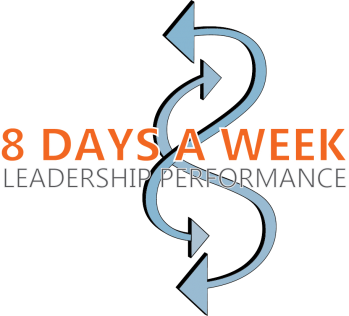Our values and our ability to make value choices (resolve conflicting values) shape our very thoughts, decisions, and actions - even automatic, subconsciously-driven reactions.
Very simply, a person with normal brain function will always choose, consciously or subconsciously through habit, what he/she perceives will produce the greatest net value in that moment.
You have never made a single conscious choice that was not an attempt to maximize value or to get the most out of something or someone.
However, our perception of what will add value may be, and often is, inaccurate.
This is due to the fact that our momentary perception is based upon a plethora of other thoughts, experiences, habits, values, assumptions, agendas, desires, fears, facts, priorities and sensory inputs.
You plan your day based mostly on your priorities.
We have collaborating over the past three years collaborating with a local mining operation to develop a highly accurate and measurable model of Safety Culture. The six factor model aligns to the work of Dr Robert Hartman and his Universal Hierarchy of Value, utilising the six dimensions of value as the main map for the Culture Model.
This model can be applied to any industry as it is based on how people think and their judgement, the main stays of a Safety Culture.
The Habits of being Safe structure utilises the Hartman Value Profile dimensions as a predictor of habitual behaviour. The outcomes and observations are based on personal coaching and workplace experience and a high level use of research undertaken in the UK across a variety of workplaces.
Our Safety is a Habit programme integrates the Hartman Value Profiling and the Shell Hearts and Minds material to predict, design and maintain cognitive behaviours necessary to ensure a safe workplace.
Since 2014 we have road tested and optimised our Safety Culture Model in real world situations in real workplaces, specifically the resource sector, and now believe we have a model that can be utilised across a wide range of industries.
- Systems and procedures are important, but not always valued.
- Common (Practical) sense is vital, but not always available, and
- Empathy is necessary, but not always accessible.
It is the combination, balance and measurement of these thinking dimensions that influence how safe someone may be at work.
Wouldn't it be beneficial to all stakeholders if you could look through the judgement window of your staff to see why they behave like they do.
Contact us to delve deeper into this highly successful programme.





Connect with us